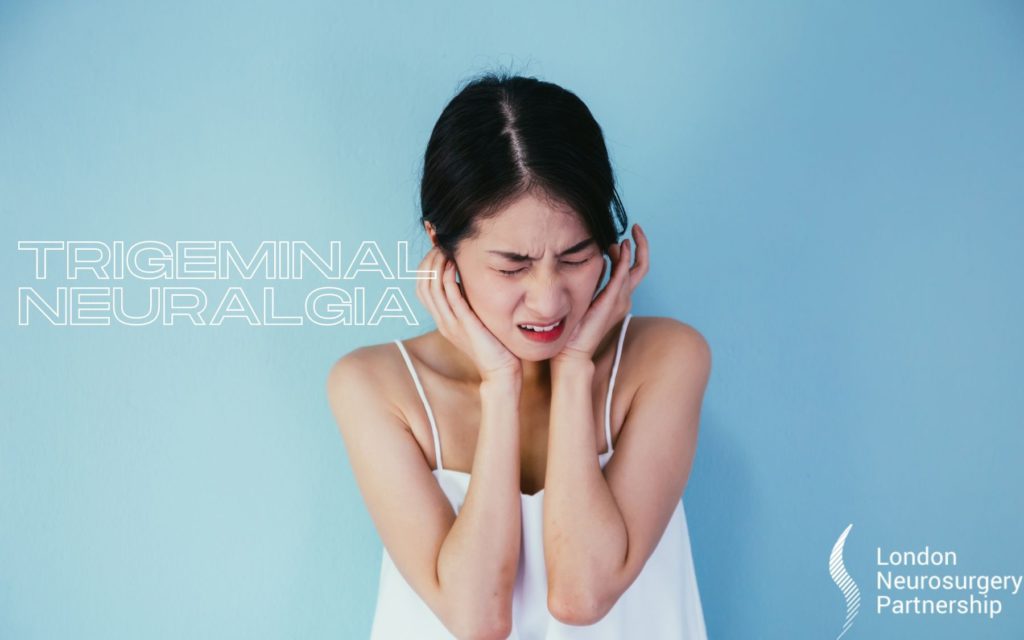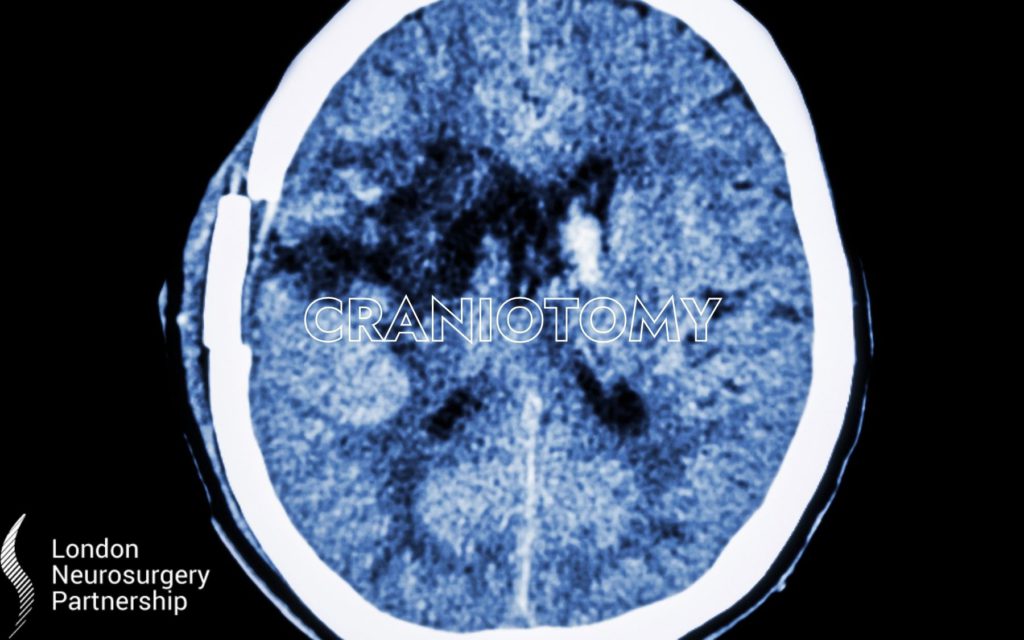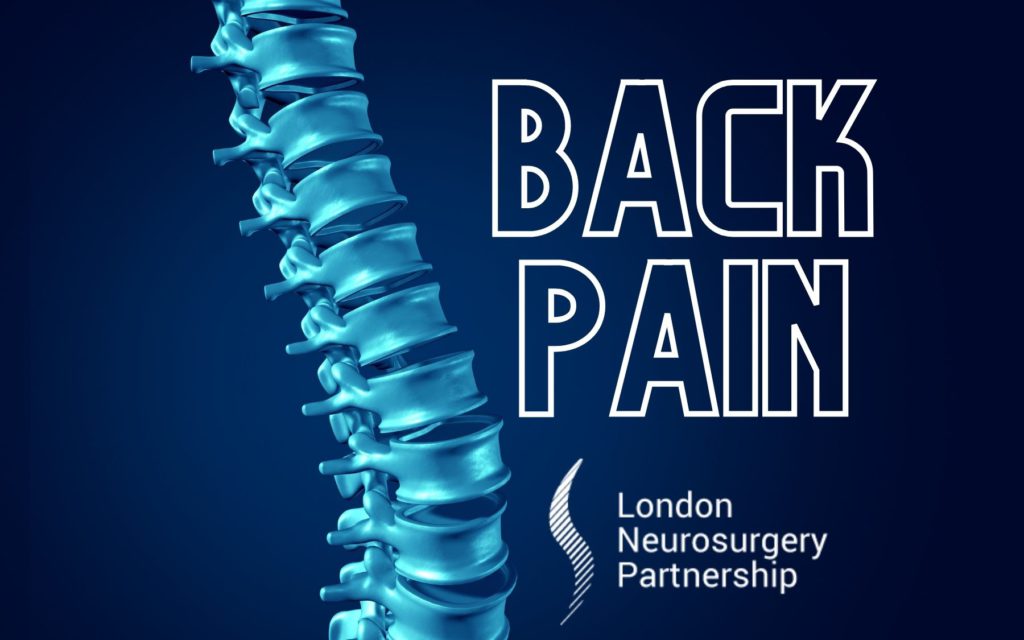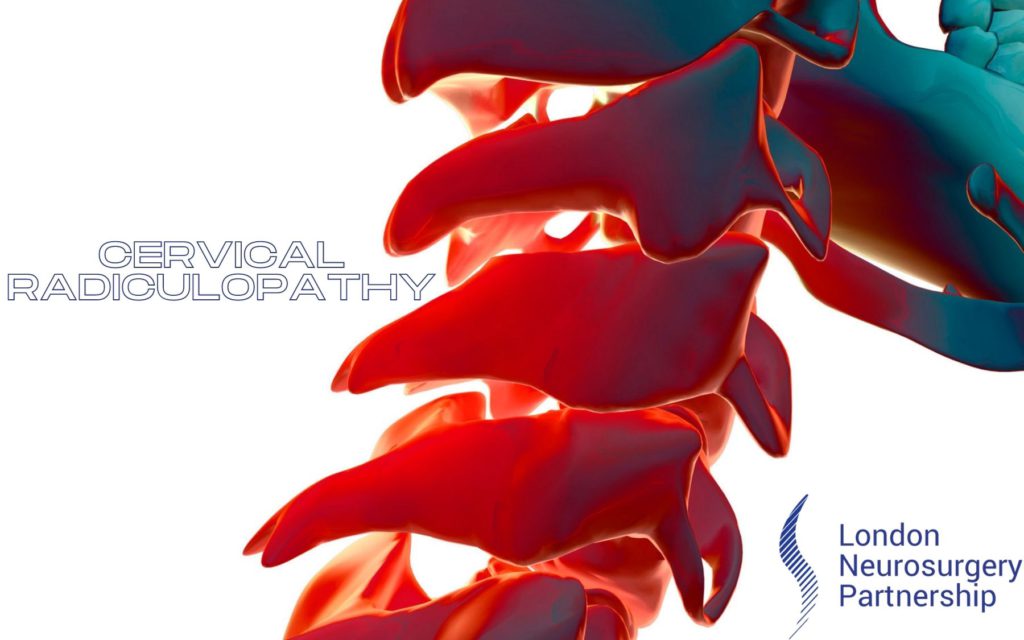
Trigeminal neuralgia is a condition where the patient suffers excruciating pain in one side of the face. Mr Sinan Barazi is a leading specialist in this debilitating condition, here he explain all about it. The pain has been compared to electricity, or being stabbed in the face with a hot poker or a knife. Patients invariably say it is the worst pain they have ever experienced. It is usually triggered by eating, soft touch, brushing teeth, shaving and cold wind blowing on the face. It affects women slightly more frequently than men and usually starts between the ages of 40 and 70. Patients often think the cause of their pain is dental and may sometimes have teeth extracted or treated without improving their symptoms.
Trigeminal neuralgia is mostly managed well with medication such as carbamazepine or oxcarbazepine, or indeed several others. However, these medications can have side effects including sleepiness, difficulty concentrating, forgetfulness or feeling off balance.
A significant group of patients will, however, find that their dose will need to be increased as time progresses. When the medication becomes ineffective, or the side effects are so pronounced that the patient is unable to perform daily tasks then the patient may wish to consider other treatments such as surgery or radiotherapy. The aim of these further treatments is to try and keep the patient pain-free for as long a period as possible.
The surgical procedure is called a microvascular decompression. This involves making a small hole in the skull behind the ear and lifting an artery off the trigeminal nerve. This has traditionally been performed using a microscope, but at London Neurosurgery Partnership we use an endoscope. An endoscope is a long thin cord with a light and camera on the end. This allows for a much smaller incision to be used and the procedure to be minimally invasive. Surgery is performed under general anaesthetic and usually lasts about 2 hours. Patients are generally in hospital for 2 to 5 days after surgery. The risks of surgery are potentially serious but fortunately rare. Seventy percent of people with a correct diagnosis of trigeminal neuralgia who undergo a microvascular decompression are pain-free 10 years after surgery.
Alternative methods of treatment include one of the percutaneous techniques; glycerol injection, radiofrequency or balloon compression. These involve passing a needle into the cheek and though a small hole in the base of the skull onto the trigeminal nerve. X-rays are used to guide the needle and are performed under sedation or general anaesthetic. These procedures work on the premise of deliberately damaging the trigeminal nerve to disrupt the pain signals.
Glycerol injections: Glycerol (performed at LNP) is then injected around the nerve. More than ninety percent of patients with trigeminal neuralgia will experience relief of their pain with a few days of the procedure. Most patients will wake up with numbness in the face but this gradually improves.
Radiofrequency: The needle is used to apply heat to the trigeminal nerve.
There is, however, a recurrence of pain in about 50% of patients over three years and for this reason the procedure is recommended in patients who are frail or may otherwise not tolerate the microvascular decompression. The injection can be repeated but is less likely to be effective and complications are slightly more common.
Finally, there is the option of radiotherapy to the nerve, called Gamma Knife. Performed as a day case, a frame is fitted to the patient’s head and a very focused beam of radiation is targeted at the trigeminal nerve. This does not, therefore, involve any incisions or surgery to the head. There is a 30-40% recurrence rate of 3 to 4 years after the procedure. This is a useful treatment for patients with serious medical problems who might not be suitable for a microvascular decompression.
This article is intended to inform and give insight but not treat, diagnose or replace the advice of a doctor. Always seek medical advice with any questions regarding a medical condition.
Back to facial pain conditions.





0 Comments